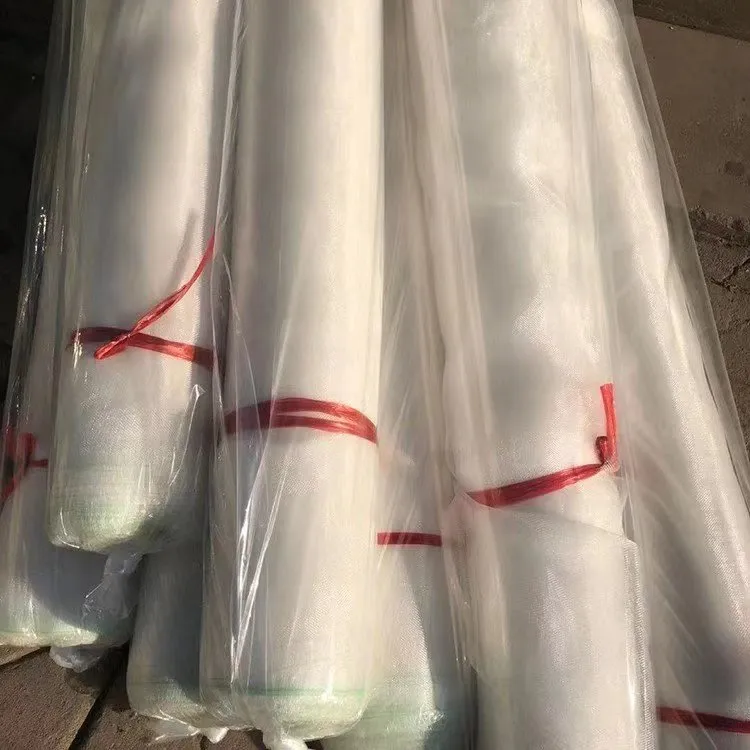-
 Afrikaans
Afrikaans -
 Albanian
Albanian -
 Amharic
Amharic -
 Arabic
Arabic -
 Armenian
Armenian -
 Azerbaijani
Azerbaijani -
 Basque
Basque -
 Belarusian
Belarusian -
 Bengali
Bengali -
 Bosnian
Bosnian -
 Bulgarian
Bulgarian -
 Catalan
Catalan -
 Cebuano
Cebuano -
 China
China -
 Corsican
Corsican -
 Croatian
Croatian -
 Czech
Czech -
 Danish
Danish -
 Dutch
Dutch -
 English
English -
 Esperanto
Esperanto -
 Estonian
Estonian -
 Finnish
Finnish -
 French
French -
 Frisian
Frisian -
 Galician
Galician -
 Georgian
Georgian -
 German
German -
 Greek
Greek -
 Gujarati
Gujarati -
 Haitian Creole
Haitian Creole -
 hausa
hausa -
 hawaiian
hawaiian -
 Hebrew
Hebrew -
 Hindi
Hindi -
 Miao
Miao -
 Hungarian
Hungarian -
 Icelandic
Icelandic -
 igbo
igbo -
 Indonesian
Indonesian -
 irish
irish -
 Italian
Italian -
 Japanese
Japanese -
 Javanese
Javanese -
 Kannada
Kannada -
 kazakh
kazakh -
 Khmer
Khmer -
 Rwandese
Rwandese -
 Korean
Korean -
 Kurdish
Kurdish -
 Kyrgyz
Kyrgyz -
 Lao
Lao -
 Latin
Latin -
 Latvian
Latvian -
 Lithuanian
Lithuanian -
 Luxembourgish
Luxembourgish -
 Macedonian
Macedonian -
 Malgashi
Malgashi -
 Malay
Malay -
 Malayalam
Malayalam -
 Maltese
Maltese -
 Maori
Maori -
 Marathi
Marathi -
 Mongolian
Mongolian -
 Myanmar
Myanmar -
 Nepali
Nepali -
 Norwegian
Norwegian -
 Norwegian
Norwegian -
 Occitan
Occitan -
 Pashto
Pashto -
 Persian
Persian -
 Polish
Polish -
 Portuguese
Portuguese -
 Punjabi
Punjabi -
 Romanian
Romanian -
 Russian
Russian -
 Samoan
Samoan -
 Scottish Gaelic
Scottish Gaelic -
 Serbian
Serbian -
 Sesotho
Sesotho -
 Shona
Shona -
 Sindhi
Sindhi -
 Sinhala
Sinhala -
 Slovak
Slovak -
 Slovenian
Slovenian -
 Somali
Somali -
 Spanish
Spanish -
 Sundanese
Sundanese -
 Swahili
Swahili -
 Swedish
Swedish -
 Tagalog
Tagalog -
 Tajik
Tajik -
 Tamil
Tamil -
 Tatar
Tatar -
 Telugu
Telugu -
 Thai
Thai -
 Turkish
Turkish -
 Turkmen
Turkmen -
 Ukrainian
Ukrainian -
 Urdu
Urdu -
 Uighur
Uighur -
 Uzbek
Uzbek -
 Vietnamese
Vietnamese -
 Welsh
Welsh -
 Bantu
Bantu -
 Yiddish
Yiddish -
 Yoruba
Yoruba -
 Zulu
Zulu
Innovative Techniques in Expanded Metal Manufacturing and Design Solutions
Expanded Metal Fabrication A Versatile Solution for Industrial Needs
Expanded metal fabrication is a unique and innovative process that transforms flat sheets of metal into strong, lightweight structures with a variety of applications across numerous industries. This fabrication method involves taking a solid sheet of metal, making precise cuts, and then stretching it to create a mesh of interconnected, diamond-shaped openings. The result is a material that combines strength and flexibility, making it an ideal choice for numerous projects.
One of the most significant advantages of expanded metal is its strength-to-weight ratio. When compared to solid metal sheets, expanded metal offers significant savings in weight while maintaining similar structural integrity. This characteristic is especially beneficial in applications where weight reduction is critical, such as in aerospace and automotive manufacturing. The ability to lighten components without sacrificing strength can lead to enhanced performance and fuel efficiency, ultimately benefiting both manufacturers and consumers.
In addition to its physical properties, the versatility of expanded metal fabrication is astounding. It can be made from various materials, including stainless steel, aluminum, and carbon steel, allowing for a wide range of applications. This flexibility makes it suitable for not only heavy-duty industrial uses but also decorative purposes in architecture and design. For instance, expanded metal can be used to create aesthetically appealing facades, railings, and partitions. Its unique pattern also promotes airflow and light diffusion, making it an attractive choice for designers looking to merge functionality with visual appeal.
expanded metal fabrication

The manufacturing process of expanded metal involves several steps, which include cutting, stretching, and finishing. The initial step is to shear a solid sheet of metal to the required dimensions. Next, the sheet is subjected to a stretching process, forcing the metal to deform and create the characteristic expanded form. Depending on the application, the metal can then undergo various finishing treatments, such as galvanization or powder coating, to enhance its durability and resistance to corrosion.
Another noteworthy aspect of expanded metal fabrication is its eco-friendliness. The process typically generates less waste compared to traditional metalworking techniques, as the entire sheet is utilized rather than being cut down to smaller pieces. Moreover, expanded metal products can be recycled at the end of their life cycle, contributing to sustainability efforts in manufacturing.
Furthermore, the accessibility of expanded metal fabrication has improved, thanks to advances in technology. Computer Numerical Control (CNC) machinery allows for precise cutting and shaping, resulting in high-quality products that meet the specific requirements of various projects. The increased efficiency of modern fabrication techniques has made expanded metal a popular choice among engineers and architects alike.
In summary, expanded metal fabrication offers a multitude of advantages, including a favorable strength-to-weight ratio, versatility in material selection, aesthetic appeal, and an eco-friendly manufacturing process. As industries continue to seek innovative solutions that meet the demands of modern design and structural integrity, expanded metal stands out as a reliable choice. Its diverse applications — from industrial use to architectural design — showcase the potential of this unique material in crafting functional and beautiful structures. Whether for heavy-duty applications or creative endeavors, expanded metal fabrication is undeniably a valuable asset in the world of manufacturing and design.
-
Shipping Plastic Bags for Every NeedNewsJul.24,2025
-
Safety Netting: Your Shield in ConstructionNewsJul.24,2025
-
Plastic Mesh Netting for Everyday UseNewsJul.24,2025
-
Nylon Netting for Every UseNewsJul.24,2025
-
Mesh Breeder Box for Fish TanksNewsJul.24,2025
-
Expanded Steel Mesh Offers Durable VersatilityNewsJul.24,2025











